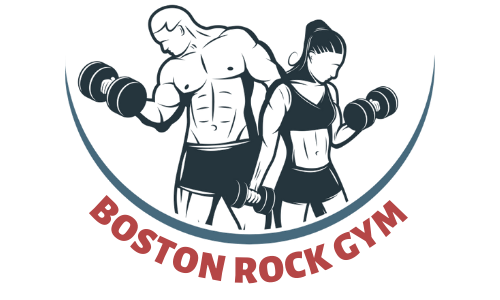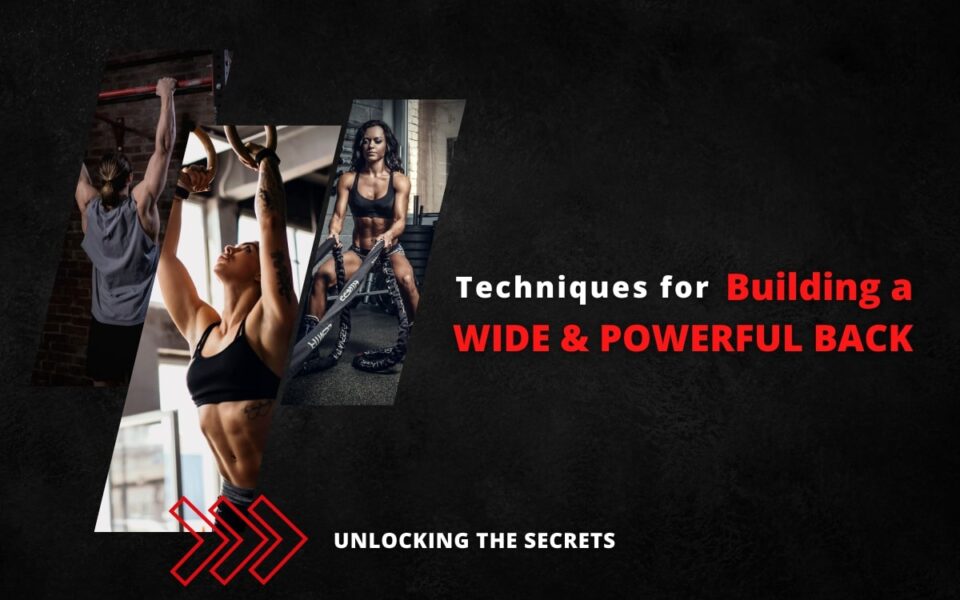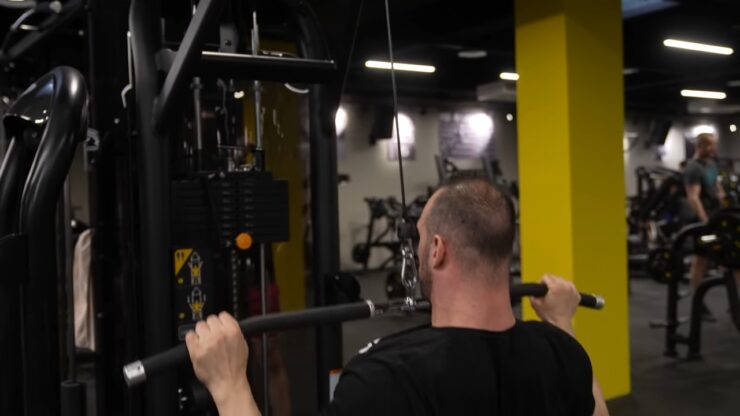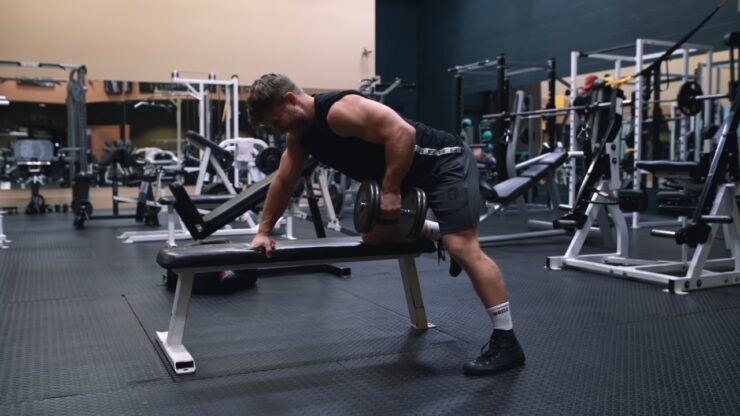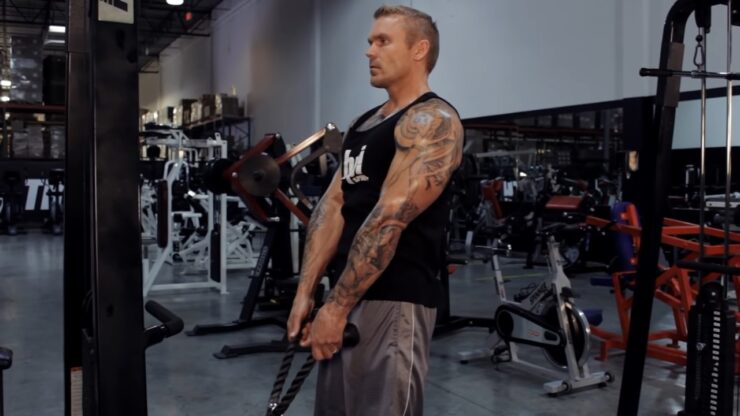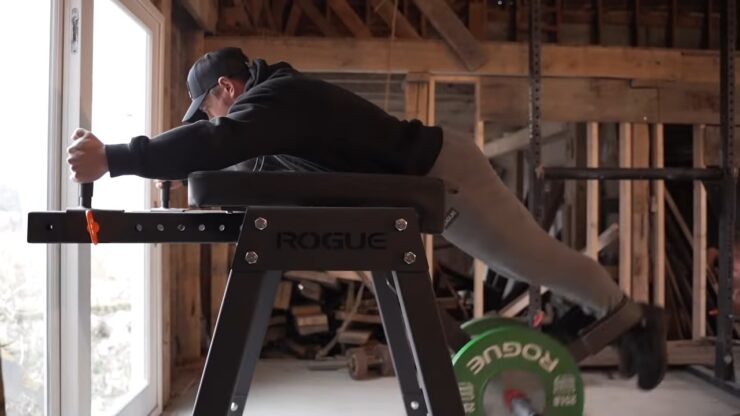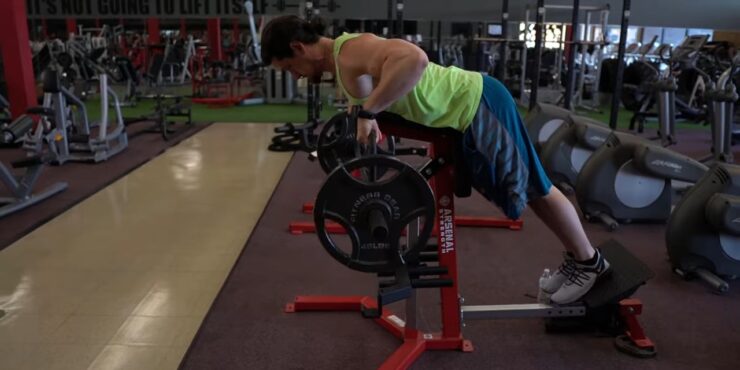Getting a wide back doesn’t have to take forever! To reach your goals, you need to know exactly what exercises will target the muscle group you want. Once you learn that, you’ll be able to hit the gym and start working on your back and shoulders in no time!
We provide you with a list of the top 8 exercises for the wide back that will prove quite beneficial and handy. Start learning all about these exercises and performing them, and you will see the desired results in record time!
Contents
Top 8 Effective Exercises To Get a Wide Back
1. Archer Pull Up
Since you must maintain stability throughout the exercise, the archer pull-up will put more of a strain on your shoulders, arms, and even core than your upper back. Consider utilizing the pull-up to isolate one side of your back from the other.
Rather than pulling straight up, you should pull diagonally to one side first before returning to the beginning position. After that, you’ll draw up to the opposite side alternately. When you are at your most energetic stage, start with the side of your back that you know is weaker. You can alternate between sides or do as many repetitions on the weak side as you can before moving to your stronger side. You are in charge of here.
Use straps if you need them for grip. To assist you while you practice the action, you may loop a band around the top of a pull-up bar. Nevertheless, work on doing standard pull-ups with your own weight for repetitions first before attempting this variation.
2. Lat Pulldown
The lat pulldown exercise is done at a workbench with adjustable resistance, often plates, and targets the back muscles. Put your feet flat on the ground and take a seat comfortably on the pull-down seat. Verify the bar’s height.
By reducing or extending the chain or cable that holds the bar or your seat height, you might need to modify the bar height. If you need help with this, get a trainer from the gym. Widen your grasp on the bar and hold it overhand with your knuckles raised.
Start with this common stance before attempting other postures and grips. Once you do that, here are the steps you should follow:
- Pull the bar down until the chin is about at eye level. Inhale deeply and exhale downward
- While a small amount of backward movement is acceptable, try to maintain a still upper body
- As you pull, maintain a flat foot position and contract your abs. Your elbows should stop going downward and backward simultaneously at the bottom of the action. Don’t go any lower; be sure to stop there
- Squeeze your shoulder blades together
- Gently bring the bar back to the starting position while controlling its gradual ascent from the starting position, maintaining it close to your chin
- Continue until a set of eight to twelve repetitions has been completed
3. Dead Stop Rack Row
A classic back exercise, the bent-over row, offers two functions when performed in a rack with a dead stop. Because you require that explosion to lift the weight, it will first aid in your development as a stronger individual. The bar must be entirely stopped on the rack before you can start again, which removes any momentum.
The secret to enhancing this benefit is right here. As soon as you’ve raised the weight, try your hardest to negative back down for two seconds. After that, place the bar on the rack carefully before starting over.
Keep the weight from jerking, letting it fall, and slamming it on the rack. Use straps, use a belt, and don’t be hesitant to chalk up if necessary. Due to the vertical handles, it would be ideal if your gym included a trap bar that could be utilized in a rack.
4. Dumbbell Row
One of those workouts that will never go out of style is the single-arm dumbbell row. It is easy to do—you just kneel on a bench or another surface and row your arm to your side—and only a dumbbell is needed to load the exercise.
As your upper back and lats develop, your lower back and core will work very hard to keep your torso stable. While the dumbbell row does not allow you to raise the most amount of weight, it does allow you to load one side of your body to target particular muscles. This is how you do it:
- Hinge while holding a dumbbell in each hand with the palms facing in a neutral grip until the weights are below your knees. For a neutral spine, maintain your shoulders down and your chest high
- Pull back your shoulder blades while bending your elbows to row the dumbbells toward your hips
- As you draw the dumbbells toward your hips, maintain a 45-degree angle with your elbows in relation to your body. Continue to keep your spine neutral
- Wait a brief moment before gradually lowering the weights until your elbows are completely extended. Restart and repeat
5. Cable Shrug
Due to the weight being to the sides and the tugging being diagonal rather than up and down, the cable shrug will truly blow the traps. In comparison to using a barbell or dumbbell, you will also experience a stronger contraction at the top of the exercise.
You could hold the cable handles in your hands, walk forward half a step, and lean forward a little to make this even more intense. You will be able to strike the mid-traps rather than only the top with this. But, if you’re looking for a standard instead of intense exercise, here are the steps to follow:
- Connect the bar or rope to one of the pulleys’ low points
- If using a rope, hold the bar with your hands approximately shoulder-width apart; otherwise, grasp the bar like you would a normal bar
- Maintain a straight posture while facing forward and maintaining neutral shoulders
- Squeeze for a brief period of time as you shrug to cause a powerful muscular contraction
- Allow the weight to slowly return your arms to the starting position until you feel a slight stretch in the trap muscle
- Repeat as many times as necessary
6. Reverse Hyper
The glutes and lower back benefit greatly from the reverse hyper. But a lot of individuals “cheat” by letting their legs swing, which lessens the impact.
When doing the lift, pause for three counts at the peak before lowering the weight back to the starting position. You want to retain the majority of the strain in your lower back, which will be achieved by doing this. Weight is unimportant.
There is no competition for reverse hyper-lifting. You’ll experience the advantages if you do all it takes to keep the form in the correct way. However, you should keep in mind that skipping this exercise and consulting a physician is necessary if you have lower back problems.
7. Bench Pull
Your lower back won’t feel the strain from the bench pull, a version of the row supported by your chest. So you can execute high-rep rows with a barbell. Rowing exercises will perfect your back development while vertical pulling movements are better for back width. Follow the next steps to perform the bench pull:
- Using a neutral grip, hang a barbell from the floor underneath you while lying face down on a bench with a 30-degree slope
- As you row the weights towards your chest, keep your head high and converge your shoulder blades
- Subtly descend to the starting point
8. Lateral Raise
One of the greatest shoulder exercises for people who want to develop shoulders is the lateral raise. It’s also a really easy exercise to perform; all you have to do is raise the weights to your sides and up to your shoulders, then drop them again.
You can perform lateral lifts while standing or sitting, but standing boosts the intensity and engages more muscles than sitting. Take a pair of dumbbells with the same weights and perform a side lateral raise with them, and begin with small weights. Here’s how:
- Holding a dumbbell in each hand with the palms facing inward, stand straight
- Keep your toes pointing slightly outward and your feet hip-width apart and maintain a straight back
- Keep your chest up and pull your shoulder blades back
- Without locking your elbows, slightly flex them. Not your wrists, but your forearms should feel the weight
- Maintain a strong core while keeping your upper body motionless
- As you exhale, raise your arms until they are parallel to the floor and at shoulder height. Hold on for a few moments
- As you take a breath, carefully bring your arms to your sides
- Repeat as many times as you want
Conclusion
If you don’t want your workout routine to be too difficult and overbearing, there are a few things to keep in mind. Firstly, make sure you’re getting enough sleep and minimize stress. Secondly, maintain a healthy diet that will include all the nutrients your body needs. And lastly, don’t try to do impossible exercises and cram a dozen of them in one day. If you have rest days and listen to your body, you’ll be able to reach your desired goals in time.
